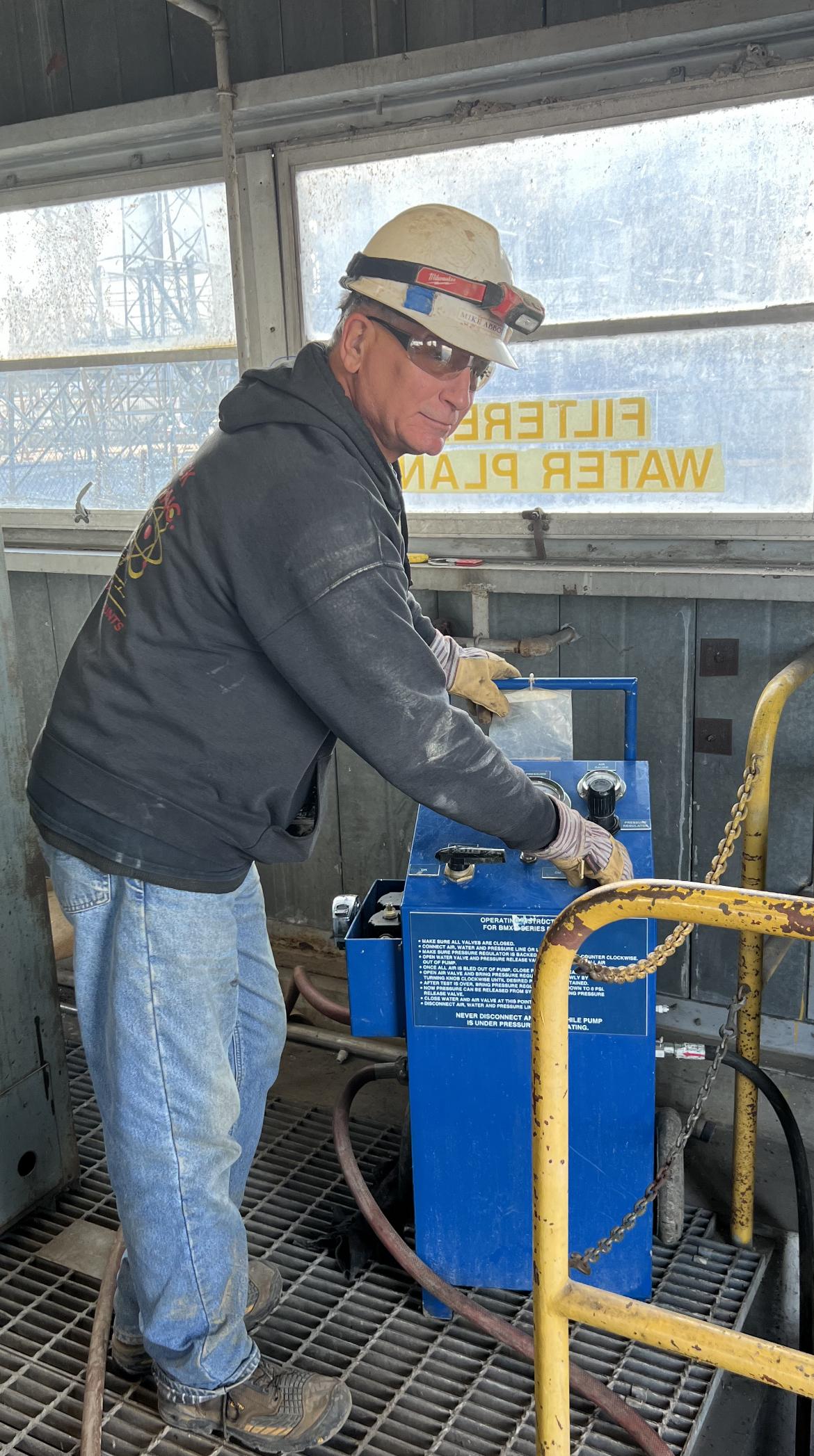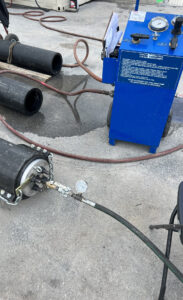One condition in the United States for receipt of an operating license for all water-cooled power reactors is that the primary containment integrated leakage rate test must meet the requirements of 10 CFR 50, Appendix J.
Containment System Leakage Testing

Testing ensures that leakage through the primary containment and components that penetrate the containment, do not exceed those leakage rate values specified in the technical specifications or associated bases.
Furthermore, periodic surveillance testing of containment penetrations and isolation valves via Local Leak Rate Testing (LLRT) is performed so the proper maintenance and repairs are made during the service life of the containment on those systems and components which penetrate the containment.
The Merrick Group can support all your
Containment System Leakage Testing needs
The Merrick Group can provide services to support all your Containment System Leakage Testing needs
i.e. “type A, B, C” tests required by 10CFR50 Appendix J. The requirements include three types of testing:
Type “A” tests: Measure the containment system overall integrated leakage rate under conditions representing DBA containment pressure and systems alignments.
- Type “B” tests: A test intended to detect or measure leakage across pressure-retaining or leakage limiting boundaries other than valves, such as:
- Containment penetrations whose design incorporates resilient seals, gaskets, sealant compounds, expansion bellows, or flexible seal assemblies.
- Seals including door operating mechanism penetrations are part of the primary containment.
- Doors and hatches with resilient seals or gaskets except for seal welded doors.
- Type “C” Tests”: A pneumatic test to measure containment isolation valve leakage rates.
Remember, your responsibility is to assure the containment integrity is maintained to satisfy the site exposure guidelines set forth in 10 CFR 100 and to ultimately provide for public health and safety.


